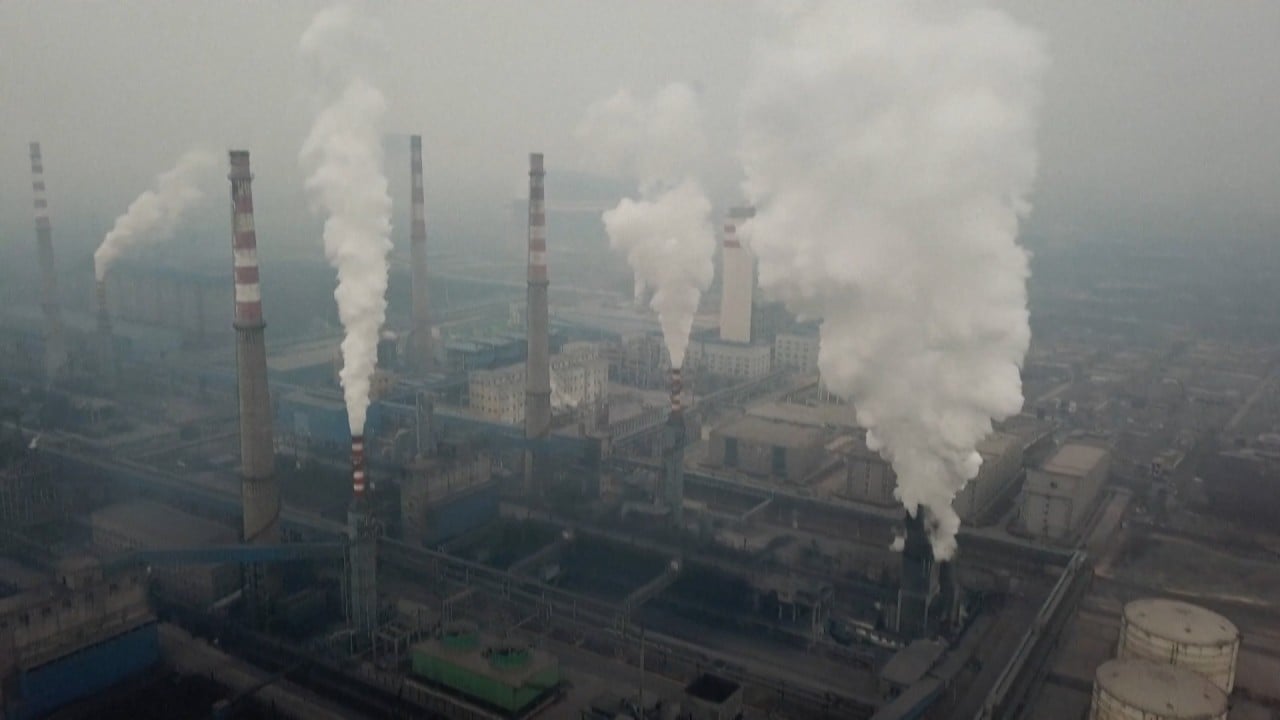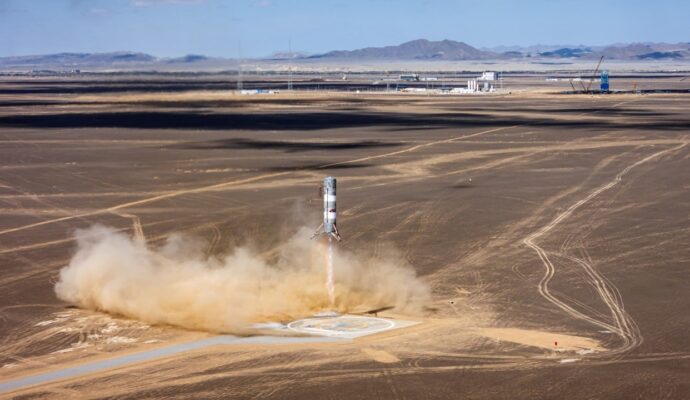To reach its carbon neutrality goals, China – the world’s largest producer of greenhouse gas emissions – has turbocharged its ambitions and marshalled tremendous resources in the battle against climate change.
One top priority in this campaign is developing its already booming hydrogen energy industry, as the clean fuel source is a promising solution for cutting carbon emissions in sectors that are difficult to electrify, such as long-distance transport.
Earlier this month, China’s first hydrogen-powered ship set out on its maiden voyage, a strong statement on the country’s aspirations to green its transport sector by any means possible.
How big is China’s hydrogen market?
China is the world’s largest hydrogen producer and consumer, mainly because of its large chemical industry and oil refining capacity.
Hydrogen production in China reached around 33 million tonnes in 2021, around 30 per cent of the world’s total output.
Li Guohui, vice-president of state-owned China Petroleum Pipeline Engineering Corporation, announced in May that by 2050, China will develop a 6,000km (3,700 miles) hydrogen pipeline network.
Despite the increase in production, spurred partially by technological innovation cutting costs, unfilled demand is also on the rise.
According to a report released in June by leading consultancy Deloitte, China is expected to be the world’s largest importer of clean hydrogen by 2030. It will require 13 million tonnes a year by then due to the huge amount of clean energy required to decarbonise multiple sectors of the economy.
Green heavy machines: electricity powers more construction, mining in China
Green heavy machines: electricity powers more construction, mining in China
What is China’s hydrogen blueprint?
The country revealed its first-ever national hydrogen strategy in March last year, laying out its plan for the development of the fuel source between 2021 and 2035.
Under the plan, by 2025 China will have at least 50,000 hydrogen fuel-cell electric vehicles on the road and annually produce 100,000 to 200,000 tonnes of “green hydrogen” – that is, hydrogen generated with renewable electricity.
What are the latest breakthroughs?
Though China’s hydrogen energy sector is still in the early stages, applications of the technology continue to expand.
Aviation engineers are also developing hydrogen-powered aircraft.
Liaoning Ruixiang Aircraft, a Chinese aircraft manufacturer, conducted the first demonstration flight of its RX4HE on March 25. The passenger plane is equipped with a hydrogen engine and has a one-hour flight range at a speed of 180km/h (112mph).
China issues national guidelines to catalyse hydrogen energy industry
China issues national guidelines to catalyse hydrogen energy industry
Hydrogen is also a potential clean energy source for heavy transport.
At the 2022 Winter Olympics and Paralympics in Beijing, more than 1,000 fuel-cell vehicles and over 30 hydrogen refuelling stations were used, the largest such deployment to date.
Room for improvement?
China is the world’s pre-eminent producer of hydrogen energy – but it is also the only country deriving hydrogen from coal at significant scale.
Over two-thirds of China’s dedicated hydrogen production comes from coal and almost all the rest comes from natural gas, generating significant emissions according to a 2022 report by the International Energy Agency. The agency added that equipping existing hydrogen production facilities with carbon capture, utilisation and storage technologies could be a complementary strategy to cut emissions and drive up the supply of low-emission hydrogen.



